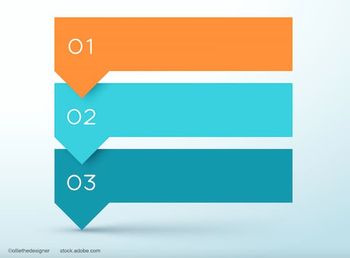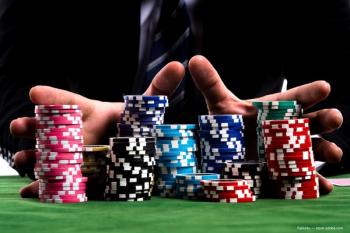
One dry eye drop found superior to saline in study
The tissue-on-tissue model, rather than tests using plastic or metal surfaces, is the best way to test the lubricity of ophthalmologic formulations, according to a new study. Using this model, a particular dry eye drop was found to be statistically significantly superior to saline.
Key Points
Testing the test
The study's main purpose was to question laboratory models that scientists long have used to determine friction. The researchers looked at rubbing together two pieces of plastic or metal with the assumption that results from such models would be applicable to tissue surfaces.
Dr. Baier, with colleague and study coauthor Anne E. Meyer, PhD, found that this latest study corroborated results they reported in two previous studies featuring comparisons among synthetic surfaces, synthetic surfaces and tissue, and tissue-on-tissue models (Meyer AE, Baier RE, Chen H, Chowhan M. Differential tissue-on-tissue lubrication by ophthalmic formulations. J Biomed Mater Res B Appl Biomat. 2007;82:74-88 and Meyer AE, Baier RE, Chen H, Chowhan M. Tissue-on-tissue testing of dry eye formulations for reduction of bioadhesion. J Adhesion. 2006; 82:607-627).
The researchers first asked what the surface properties of the natural tissues were in the blinking eye. They looked at contact angle, wetting, spreading, adhesion, and infrared spectroscopy and found a great similarity to the surface of the inside of the natural blood vessels.
"We had been instrumental in bringing a substitute blood vessel product to the marketplace," Dr. Baier said. "Since we had vascular graft tissue in our laboratory archives, we decided we would try it as a surrogate to the corneal conjunctival combination and see whether we could get more realistic data that would match the clinical results that were being obtained by our colleagues from Alcon."
Newsletter
Don’t miss out—get Ophthalmology Times updates on the latest clinical advancements and expert interviews, straight to your inbox.














































.png)


